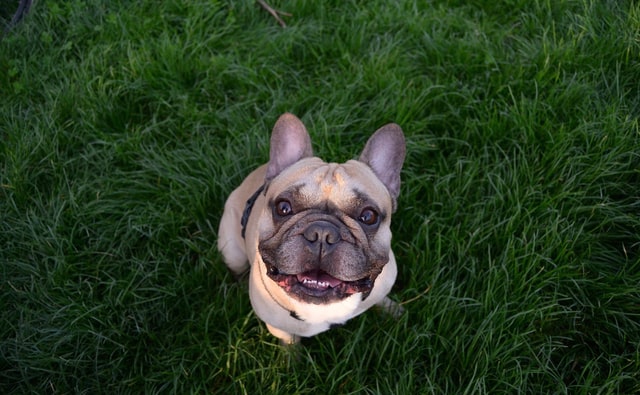Why is your dog a model student in front of the educator, but becomes a real rascal when you walk him? You are not the only one to whom this happens! And we will tackle this issue by explaining the 3 reasons why is this so.

1 A question of individuality
Each dog is unique. This means that we must take into account what may characterize him as an individual, without enclosing him in a defined box. The character of a dog is taken into account, as generally its breed or even its lineage. A self-confident dog will tend to face the elements forcefully, and may be more inclined to become independent. While a shy dog will prefer to return to his master, the overly emotional cowardly dog might flee without even looking back. A German Shepherd will be more predisposed to obedience due to his selection than a Beagle who will much prefer to stay with his nose on the ground and follow leads. So you should adapt to it for their learning process.
Just as a character can be lively, primary, too emotional. While others will be rather posed. A dog is forged throughout its life. Even though genetics do play a role, don’t forget that experience does too. This can be positive or negative or even aversive. And it will help forge the dog in his being.
Remember: depending on your dog’s breed, lineage, character and background, learning may take longer or shorter. Stay patient!
2 Learning approach
If your dog does not obey you, there are several questions you should ask yourself. Has your dog really understood what you are asking him? Is he still in the learning phase? Did you teach him the right way (positive association)?
In education, you must always progress in stages, therefore gradually and in a positive way to put your dog in a situation of success. For the good reason, a successful dog, who is praised every step of the way, will learn faster. Remember at school! We didn’t make you do philosophy without learning the alphabet! Your dog is the same. It must be given a solid foundation for its success.

To add difficulty step by step, the canine behaviorist educators use the rule of 3D: Duration, Distance, Distraction.
This means that once the basic order is understood in a neutral, distraction-free place with the teacher, the difficulty can be added.
For the duration, it is gradually added. Example: trainer asks the dog to sit in the living room. It sits down. Trainer waits several seconds before rewarding him. Later, the process is repeated, but the dog will sit much longer.
And finally the distraction. Just moving to another location is a distraction. Teaching your dog to sit in the street is therefore not innate if you haven’t worked it out!
People often have a tendency to get angry. A dog will have a hard time doing what is asked of it if our emotions are negative. For the simple reason that in the dog world, if one canine companion is pissed off, the other dog will avoid and ignore him. It is a code of respect and politeness. So no wonder your dog ignores you even if he hears you.
Bottom Line: Learning is a constant change in behavior, it is the result of experience. Your dog needs time and training to do what you ask him to do! Follow the steps thanks to the 3D rule. And don’t be too demanding on him.
3 Conditioning
Conditioning is behavior learned under the influence. To put it simply, your dog learns by association. He therefore learned, in the field, to perform the exercises. Especially in the field, or with the educator who controls the environment to put the dog in good shape.. What facilitates this conditioning? The professionals advice is to pick the right moment. And most important to follow their lead. This is more consistent and therefore clearer for the dog.
It understands trainer’s requests more easily. You should not lose patience, nor argue with your dog. Arguing with him while he is learning is unfair but in addition you risk scaring him and blocking him in his proposals. A dog that no longer offers behavior is a dog that is often insecure and will have a harder time learning. So how you condition your dog is very important. In the field, the dog knows exactly where he is. While outside, there are often plenty of stimuli that will confuse him, to the point of not being able to concentrate on his master’s requests.
Note: conditioning a dog is done quickly. You must therefore pay attention to the associations you make with your dog. Working in tune with what you are doing in the field when you are out for a walk can only help in your day to day life with your dog.

Conclusion:
A dog will only comply if he has a motivation to do so. So you have to give your dog the motivation to do what you want, even outside the education field. For this you have to be patient, your dog has the right to make mistakes but above all he has the right to have the time to learn properly. Give her the opportunity to love being with you, understand her personality and her temperament. All of these factors explain why your dog can obey you less outside of training sessions! So just keep getting involved and don’t give up!
